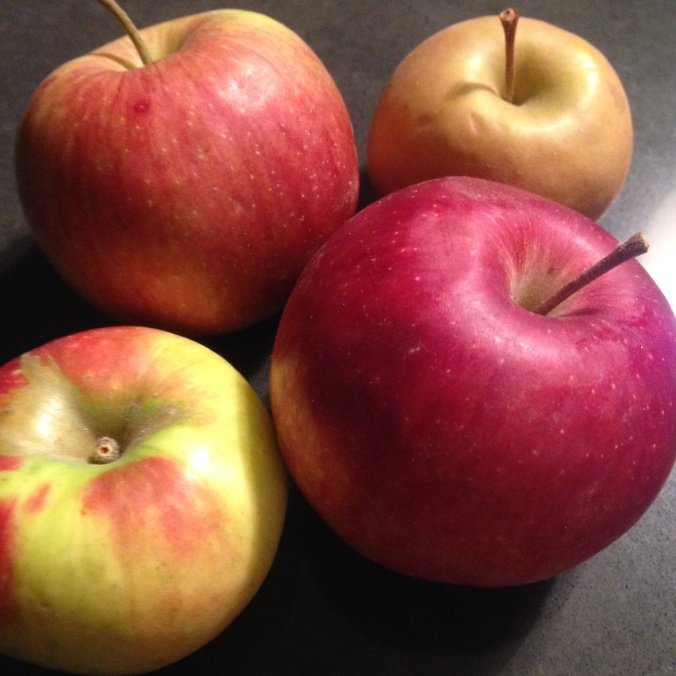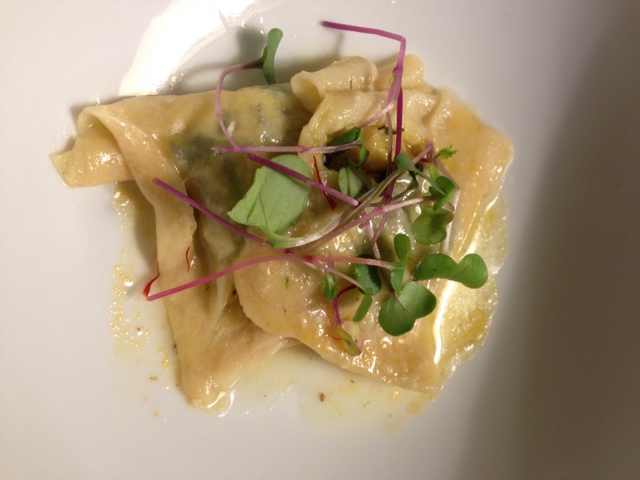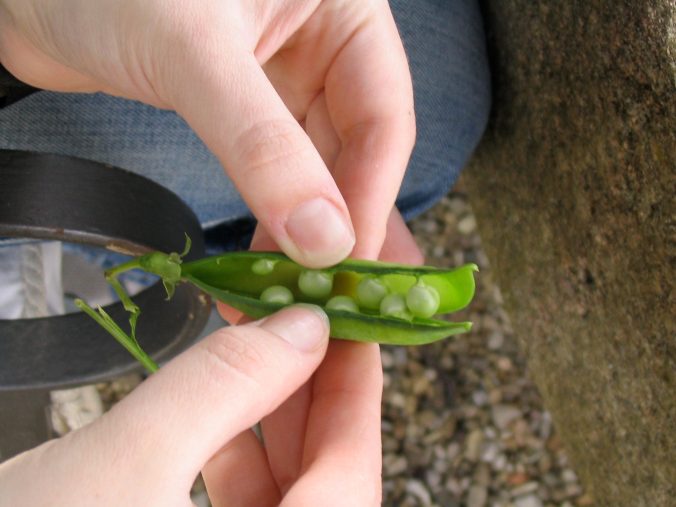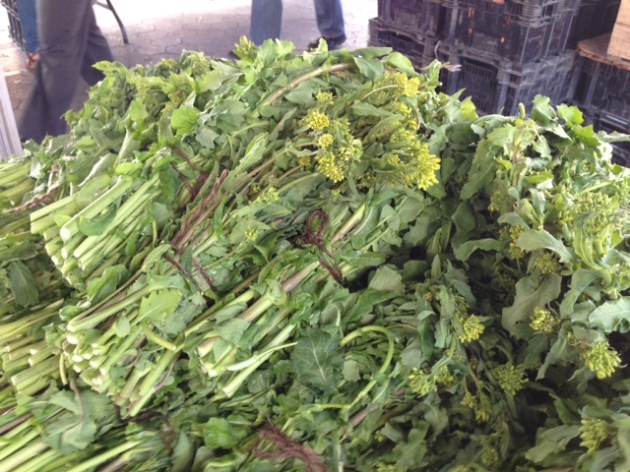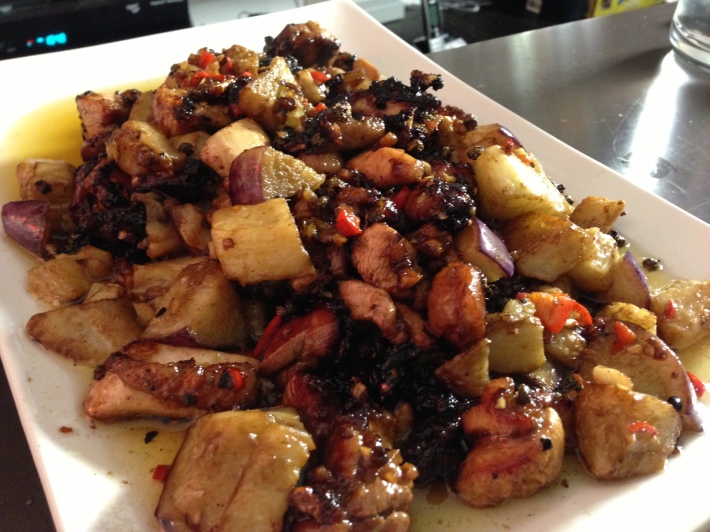
There is a sign at my local Whole Foods that says something to the effect of “We carry local products and coffee is no exception.” Unless climate change is even worse than I realized, New York has not yet become a coffee-growing region but I applaud their seeking out local roasters. Coffee is indeed on my list of foods that I’m not willing or able to give up despite the distance it has to travel. There are plenty of others as well like olive oil, some citrus, and almost every Asian seasoning I can think of. It is possible to find local ginger here in the Northeast but I don’t see it very often. And my favorite seasoning of all, Sichuan Peppercorns, are not likely to be growing in the Hudson Valley.
I’ve recently taken some classes in Sichuan cooking and have done an extraordinary amount of careful research involving eating authentic Sichuan dishes and then saying “Yum.” When it’s done well, it’s far more than just spicy. In fact, the slightly warm tingle that comes from Sichuan peppercorns is nothing like the sharp heat of chili peppers or hot oil and for me, it’s the most pleasurable part of good Sichuan cooking.
Even when cooked simply, local chicken can have a richer flavor than some cuts of beef or pork and some specialty breeds like Belle Rouge chicken from Violet Hill Farm are so rich and delicious that I feel like I’m at a celebratory holiday feast every time I take a bite of one. So when well-raised, local proteins combine with the intense flavors of Sichuan cuisine, the results can be ridiculously satisfying.
Some ingredients like black vinegar and Shaoxing wine can be hard to find outside of a Chinese supermarket so I suggest substituting balsamic vinegar and dry sherry respectively. If you can find the real thing, go for it.
The peppercorns however, have no substitute.
Sichuan Chicken with Local Chicken and Peppercorns from Thousands of Miles Away!
4 boneless chicken thighs (with skin)
3 tablespoons of soy sauce
2 1.5 inch pieces of peeled ginger
3 large cloves of garlic
1 tablespoon of balsamic vinegar
1 tablespoon of dry sherry
1 tablespoon of sugar
2 teaspoons of corn starch
1 small eggplant
2 tablespoons of peanut oil
1 teaspoon of toasted sesame oil
2 tablespoons of Sichuan peppercorns
Cut chicken thighs into 1 inch pieces
Grate 1 piece of ginger and mince garlic (setting aside one clove) for later and combine with soy sauce, vinegar, sherry, sugar and corn starch
Whisk together and pour over chicken thighs
Toss together and marinate for 1-2 hours
Mince second piece of ginger
Crush 1 tablespoon of peppercorns with a mortar and pestle or with a chef’s knife and leave other tablespoon whole
Remove chicken from marinade and pat dry with paper towel
Cut eggplant into 1 inch pieces
In a wok or large skillet, heat peanut and sesame oil over high heat
Add chicken and eggplant and stir fry until it has good color (around 4 minutes)
Add remaining ginger and garlic as well as the whole peppercorns
Cook for another 1-2 minutes
Add dried chili peppers and toss together
Cut into a piece of chicken to make sure it is cooked through and serve on a platter
Sprinkle crushed peppercorns over the top just before serving
